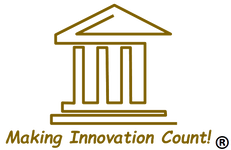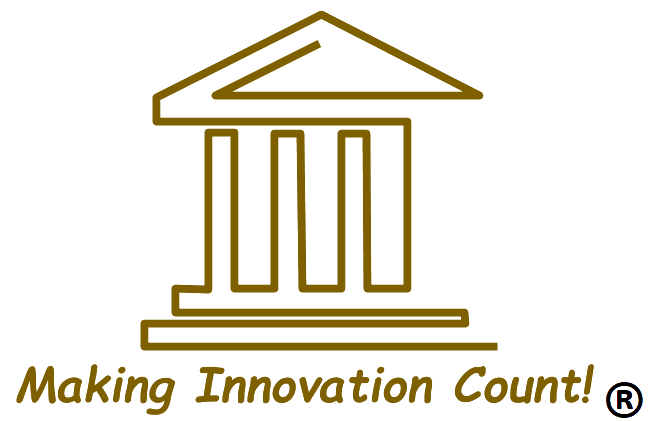|
Not all trademarks are created equal. The more distinct your trademark is the better it is. Trademarks that are more generic may need to be registered in the supplemental register instead of the more powerful principle register or worse yet simply be refused. Courts divide trademarks into five different categories, ranked by degree of inherent distinctiveness. Arbitrary, fanciful and suggestive trademarks are the easiest to protect, descriptive marks offer protection under certain circumstances and generic marks never offer protection. When contemplating a trademark for your business, you should always strive to choose (and register) trademarks that can comfortably fit into one of the three strong trademark categories. Fanciful Trademark: A fanciful trademark is made-up, invented for the sole purpose of functioning as a trademark. This is also called a neologism when it describes a single word. Kodak and Exxon are famous examples of fanciful trademarks. George Eastman, creator of the Kodak trademark, had some simple yet profound advice on what makes a good trademark: he said it should be short, vigorous, easily spelled and meaningless. I highly recommend his advice! There are websites that create made up words that you may use for your business. Search for "business name generator" to find them and have some fun.
digital world (insert your own lame “byte” joke here). In the case of less edible and more digital Apple, this choice of trademark (rumored to have been an impulsive decision based on a temper tantrum by the legendarily cantankerous Steve Jobs) actually has been quite costly. Apple had been established as a trademark by virtue of being the name of the Beatles’ record company (Apple Corps). As a result, Apple Computer has lost a couple of very costly court battles related to its foray into anything musical. Another example of an arbitrary trademark is the online retail giant Amazon. Many people probably don't know that Amazon is the name of the worlds largest river but even so there is no relationship between the two making Amazon a great trademark for the online retailer.
budget. Thus, owners of trademarks that walk the line between descriptive and suggestive obviously want to convince the trademark office that their trademark is actually suggestive. Another option is for owners to register on the supplemental register and wait five years to upgrade to the principle register.
Generic Trademark: A generic trademark can not be protected as a trademark because it describes a category of product or service. This is a matter of public policy; the federal government has determined that free use of such categorical trademarks benefits consumers. An example would be registering for a trademark "HAIR SALON" for your hair salon business. The trademark office will reject your application because many hair salons will want to use same words in their trademark.
5 Comments
|
Categories
All
|
California, Inland Empire - (909) 566-2801
California, Santa Barbara - (805) 500-6241
Tennessee - (423) 226-8036
Georgia - (404) 436-0899
California, Santa Barbara - (805) 500-6241
Tennessee - (423) 226-8036
Georgia - (404) 436-0899




